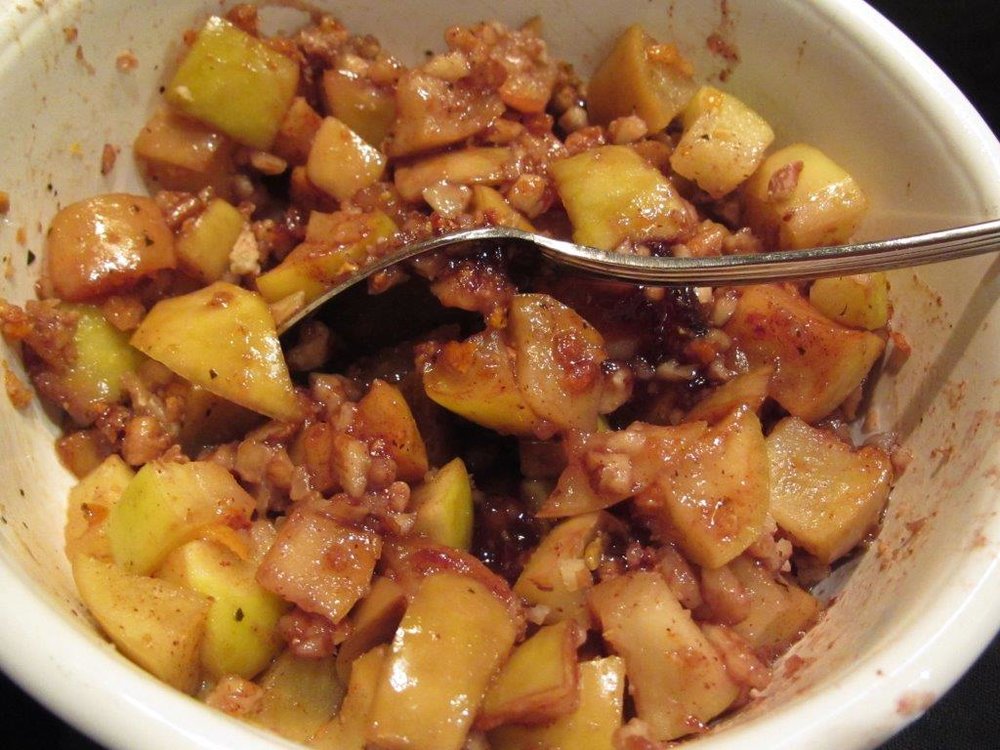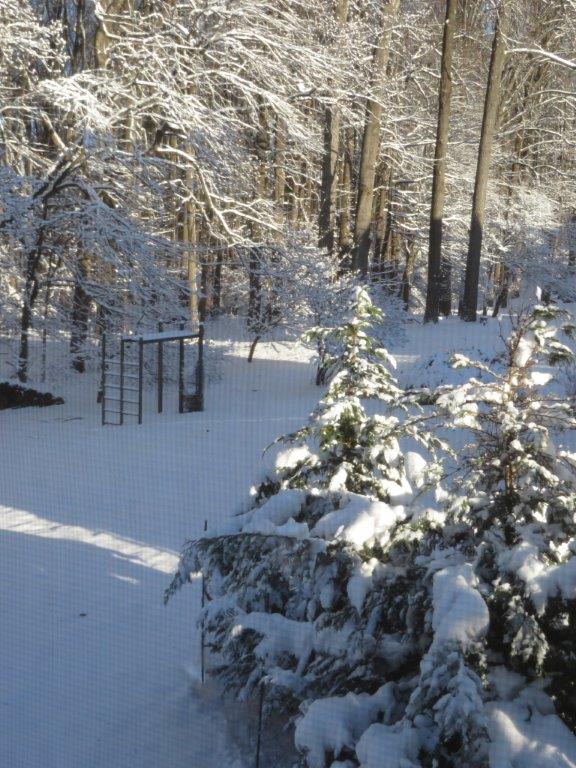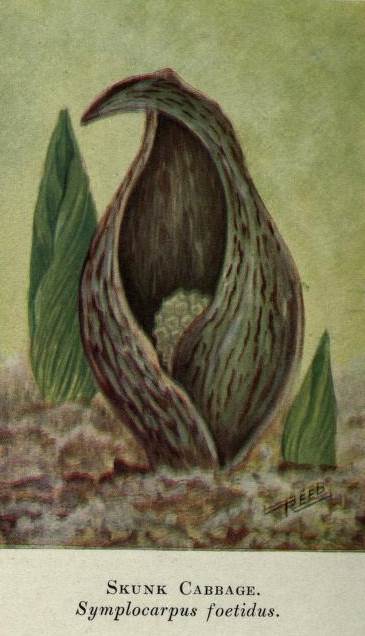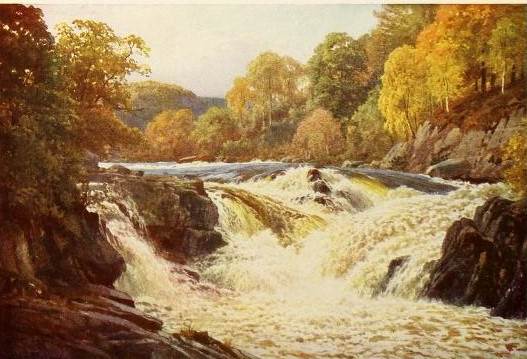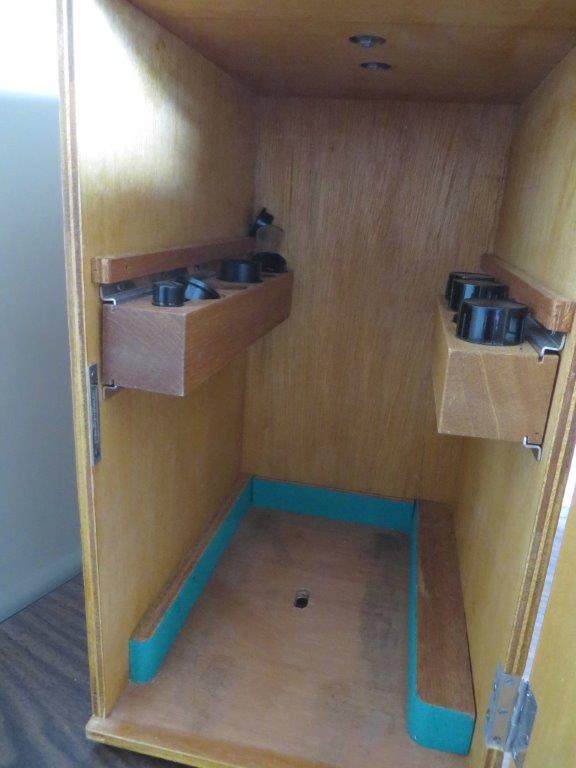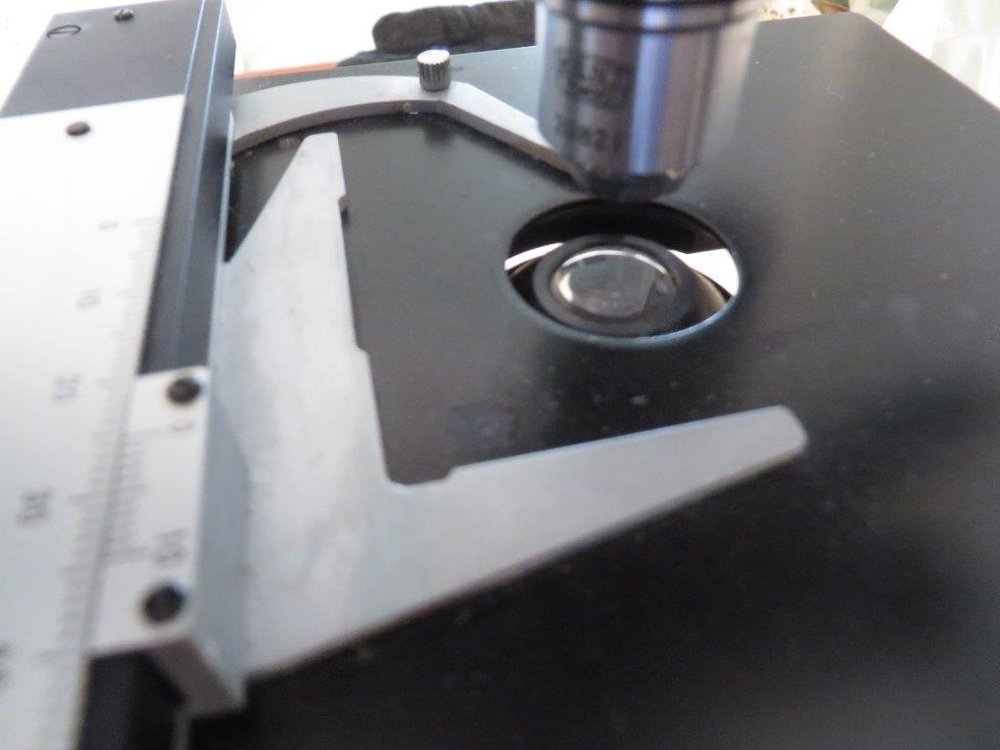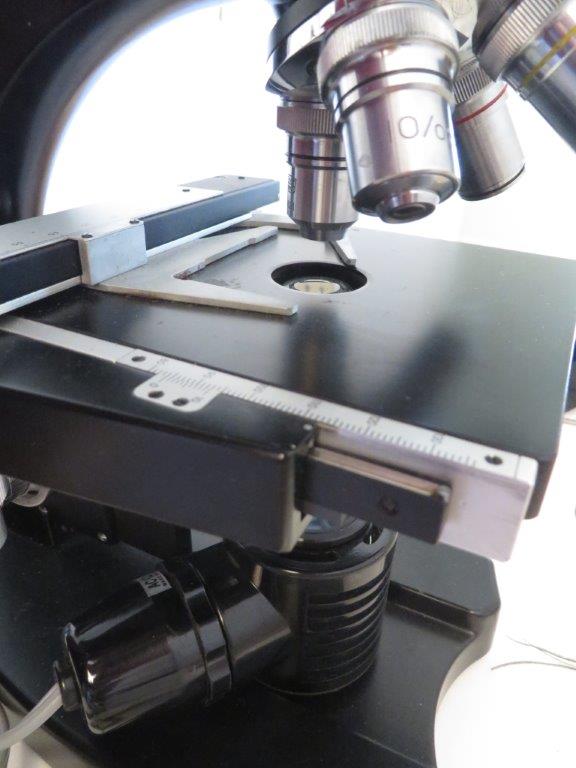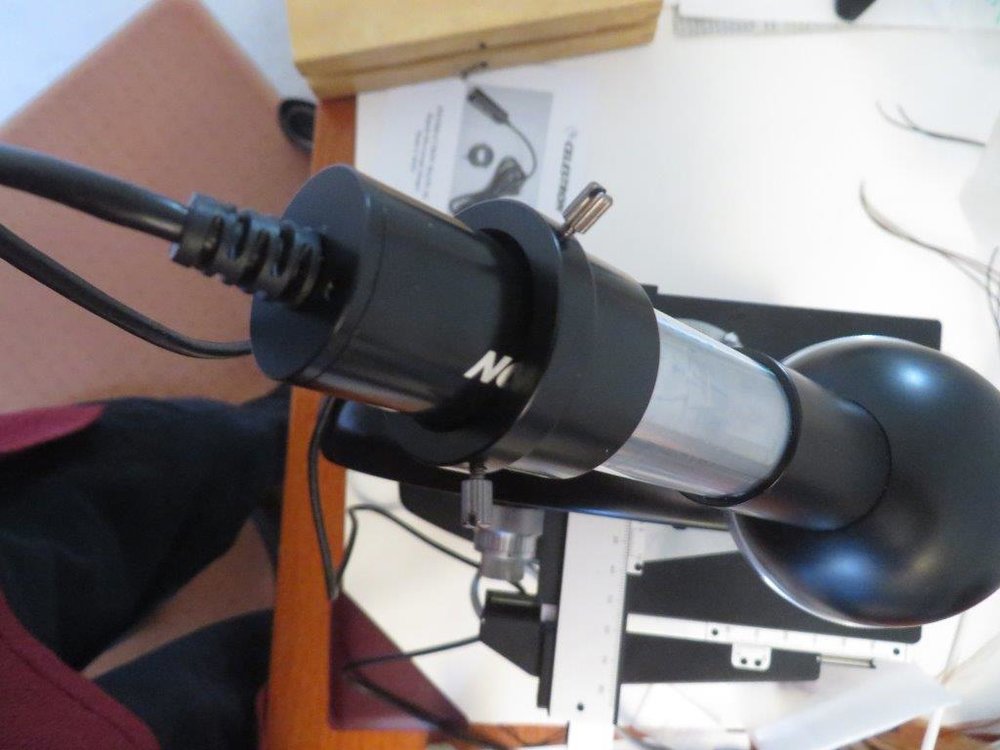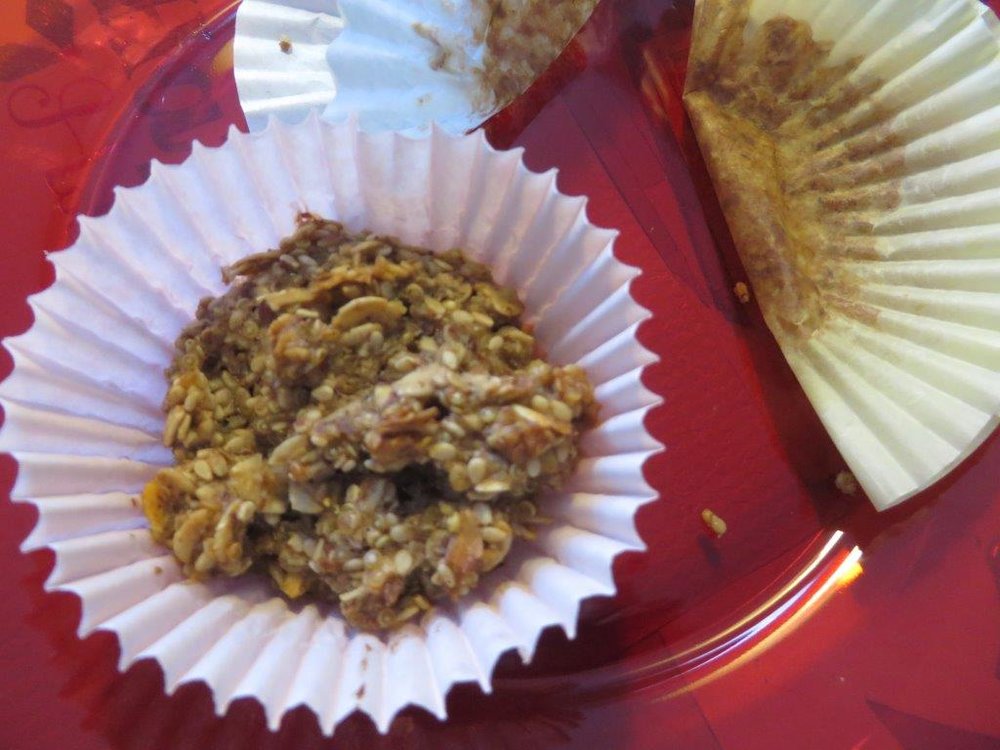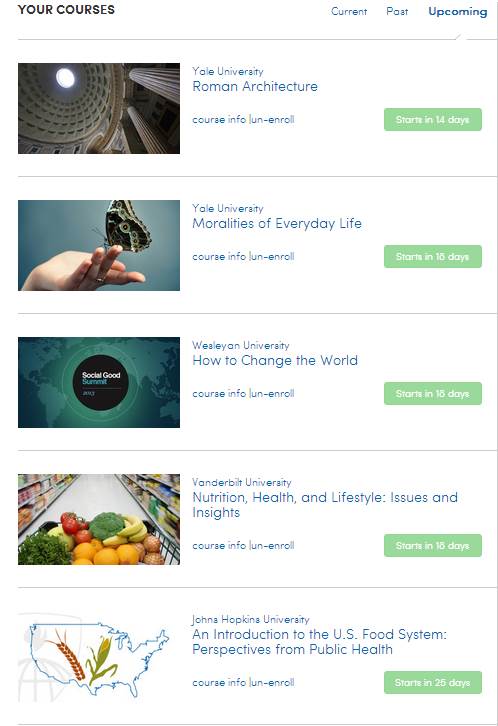The First Weeks of Class - February 2014
/I’m through the first weeks of Coursera classes that started in January (posted about last month before they started). I thought that 4 courses might be a little overwhelming…..and that has turned out to be true. All of them are well done and the topics are well-honed to my interests; dropping one is not an option. So - I have a flurry of activity to keep up. I’ve dedicated one day a week to each course and then use the other three days to read extra resources and follow threads outside the course entirely.
The Roman Architecture course is furthest along. I find myself looking at buildings differently; there are still a lot of elements of Roman Architecture is buildings constructed long after the end of the Roman Empire. The Jefferson Memorial in Washington DC is one example (the picture below is one I took of the monument a few years ago during the spring cherry blossoming). One of the threads I followed outside the immediate course material this past week was finding out how the impluviums actual worked; it wasn’t just catching/holding water….it was often an pervious basin that allowed water to filter down into a cistern which was then used by the residence as a source of cool water!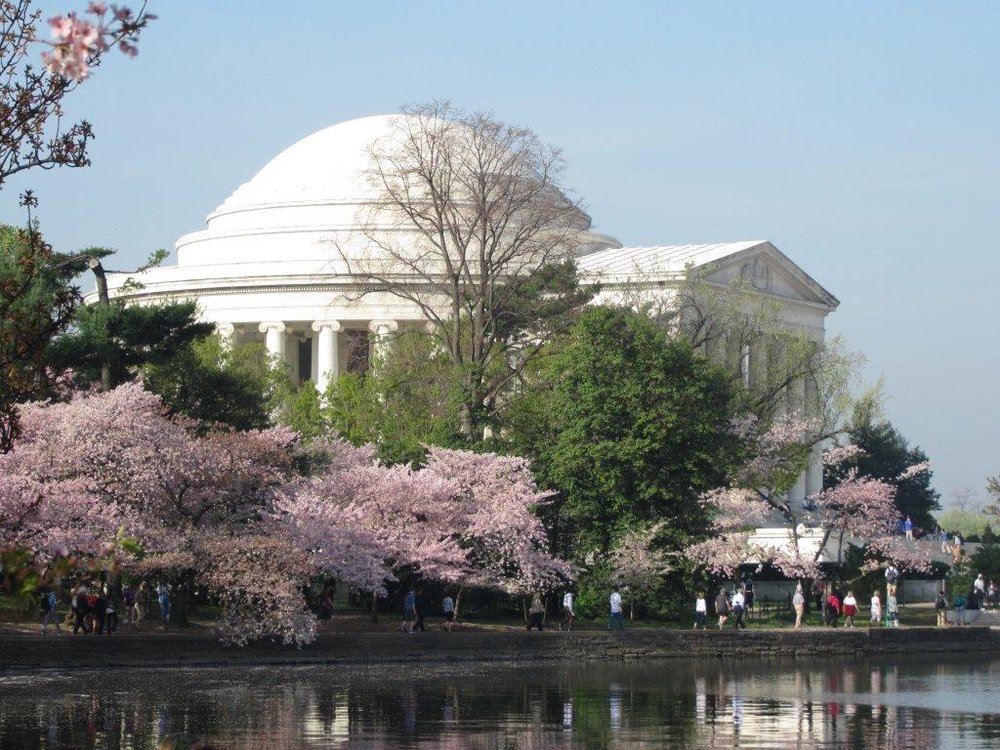
The three other courses (How to Change the World, Moralities of Everyday Life, and An Introduction to the US Food System) are all thought provoking. There are times they seem to converge rom their varying perspectives on the same topic: how can individuals live in a way that is good for them and good for the rest of planet (people and everything else on Earth). They are all very focused on the present and the possible futures we are creating - sometimes with intention and sometimes not.
The whole motivation for taking classes is very different for me now than it was back in my 20s. Then I was focused on getting a degree that would lead into a career. Now I am takings classes primarily because I enjoy being a student! I am taking courses about things I was always interested in but didn’t need for my degrees. Since I am not interested in a grade or certificate, generally avoid tests and time consuming projects....focus instead on going off on tangents that spin out from the course materials. What a difference the Internet has made in how students can find answers to questions!

